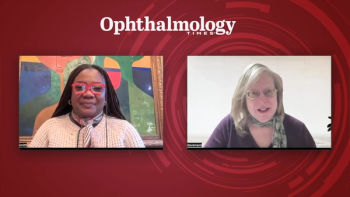
Endothelial cell therapy: up to 100 treatments from one human cornea
John Berdahl, MD, discusses the technique and benefit of endothelial cell therapy. An early technology, this therapy method allows for up to 100 treatments out of a single human cornea.
“Ophthalmology again has the opportunity to be at the forefront of all of medicine with this idea of cell therapy.”
Something to keep your eye on: endothelial cell therapy.
This early technology, pioneered by companies like Aurion, is changing the landscape of corneal treatment.
“Ophthalmology again has the opportunity to be at the forefront of all of medicine with this idea of cell therapy.”
But what is it? Typically, a single human cornea is donated and transplanted into another single human. Through this cell therapy, one single donated cornea can produce up to 100 treatments.
This advancement is critically important globally, especially with a global tissue shortage. Additionally, the surgical technique is accessible to non-corneal surgeons, which allows them to help patients regardless of surgical training, location and access to tissue in the world.
Newsletter
Don’t miss out—get Ophthalmology Times updates on the latest clinical advancements and expert interviews, straight to your inbox.













































